Features and cultivation of ficus "Pumila White Sunny"
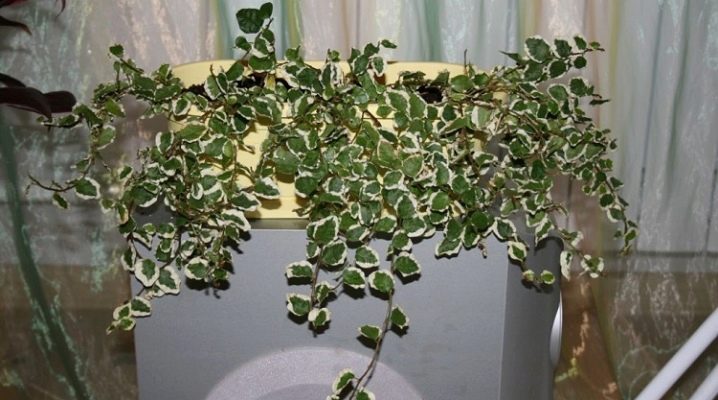
The ficus "Pumila White Sunny" is native to East Asia and is popular today as a houseplant. The etymology of the species name corresponds to the Latin word pumilus, that is, "dwarf". It is an evergreen bush that does not require much attention.
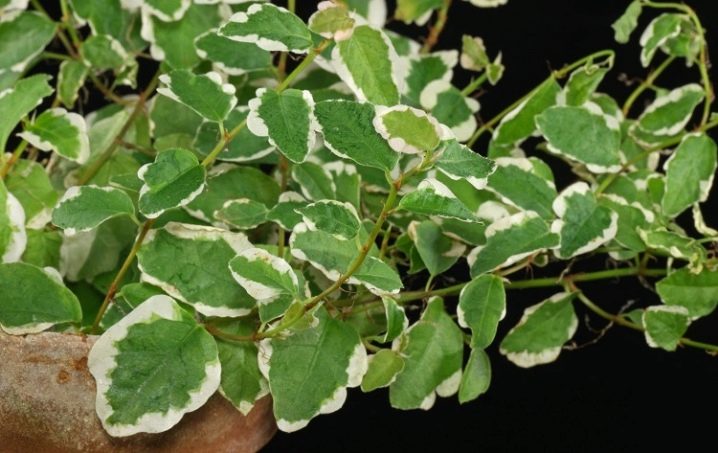
Description
Ficus is often used in gardens and landscapes where it covers the ground and climbs up trees and walls. He does not tolerate frost, so he feels much more comfortable at home. Grows rapidly, can become invasive, and cover a large area if growth is not inhibited. When climbing wooden structures, tendrils can cling to a surface or root and damage them.
It grows into a fairly large plant with lush foliage. Slender stems have roots along their entire length. However, when the plant reaches maturity, it produces larger leaves. It doesn't need a lot of light to thrive, so it is often placed in areas in the home where other plants won't thrive. Ficus needs high moisture around the roots and leaves.
Old plants can produce new shoots about 23-30 cm long in one year. Leaves in young plants are about 13 mm wide, have an oval shape. As they mature, they become large and oblong. Such a flower can feel great in a pot. The stems grow back quickly and begin to hang down at the sides.
The leaves have an interesting pattern. Venousness on the underside is very pronounced. There are two types of leaves on the bush: very small, which can cling to the trellis, and mature, large in length. This causes the stem to become rough and begins to separate from the rest of the vine.
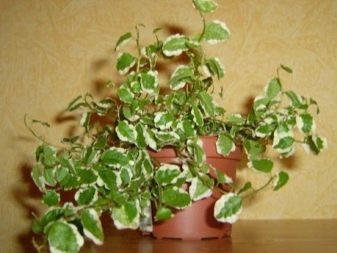

Care
Most ficus varieties are grown in medium to bright light. If they do not receive enough light, they will grow slowly and have long stems, and as a result, they will have an unattractive, "lanky" appearance.

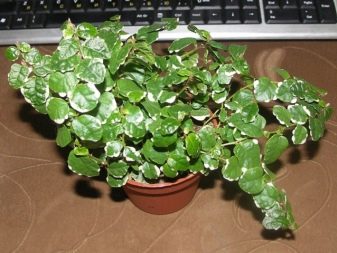
Watering
This flower is quite resilient and will withstand occasional watering, but it grows best when it receives moisture on a regular basis. Creeping varieties prefer wetter soil than their upright cousins, so in this case, you should constantly keep the soil moist.
Water should flow generously into the soil during the growing season, and moderately in winter.
Plants stored in a warm room may need to be watered more frequently.
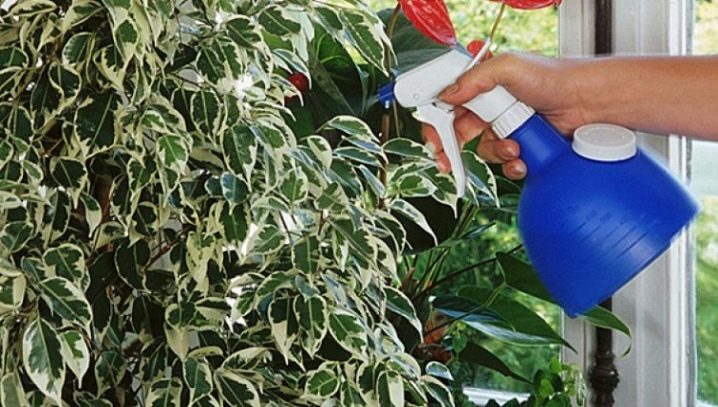
Light and temperature
The temperature should be kept at 21 ° -26 ° C in summer and 15 ° -20 ° C in winter. There are no special requirements for light, it can be a room where there is not much light, and a room with an abundance of sun. The main thing is that direct sunlight does not fall directly on the foliage all the time.
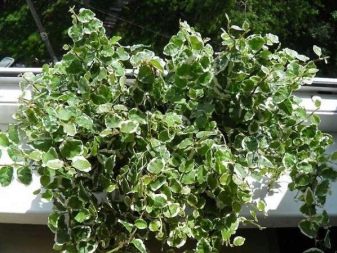
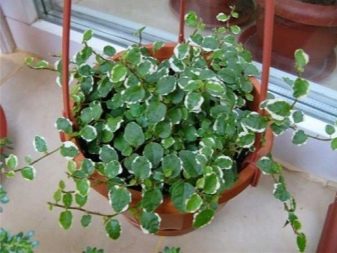
Top dressing
Ficus is fertilized once or twice a year - in spring and summer, when the temperature is higher and the plant is actively growing. It is allowed to fertilize the flower more often, this will lead to the fact that it will grow even faster.
During the growing season, the ficus is fed during every third watering.
This is done with standard liquid fertilizer, which is diluted directly in water.
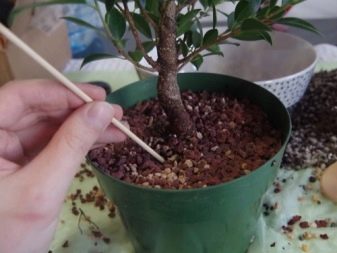
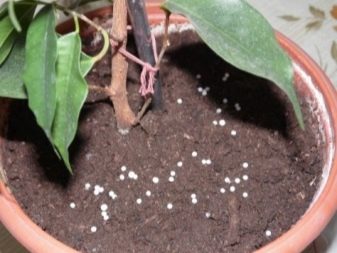
Transfer
Repotting small plants is required every two years. It is best to use a clay pot and peat-based soil for this. Larger, mature bushes should only be touched when absolutely necessary.
Ficus does not like changes and when touched, reacts to it rather painfully, begins to shed its leaves.

Pruning
Pruning is done every time the bush gets too large. After it, the plant quickly recovers, branches more strongly, becomes thicker. Ficus produces a milky white juice at the cut points, a rag should be used to prevent it from falling on the floor.
It is worth remembering that Ficus sheds quite a few leaves when it experiences a change of state. So if your ficus loses its leaves when you first bring it home, don't worry - it will grow new foliage as soon as it adapts to its new location.
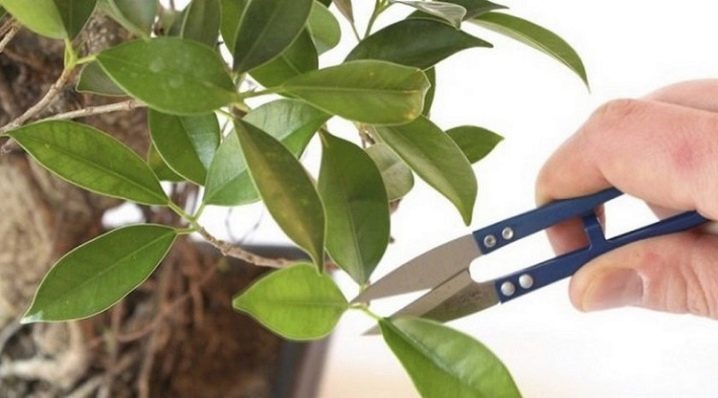
Reproduction
The plant can be propagated from cuttings taken from young but firm stems. Those that appeared in the spring will root faster. The process of preparing the planting material is as follows.
- Cut the cuttings to 10 cm, remove the lower leaves and dip the ends in water with a growth activator for several hours.
- Fill an 8 cm pot with peat rooting mixture and insert the stem 2.5 cm into the soil. Water well and cover with plastic to create a greenhouse effect. In such conditions, the flower will multiply faster, but at the same time it will be necessary to air the pot from time to time.
- Place the cutting in a warm place with plenty of ambient light. After a month, the roots will grow quite well. Remove the package and continue to care for the young plant, as for an adult.
- After 2-3 months, transplant the ficus into a wider container.
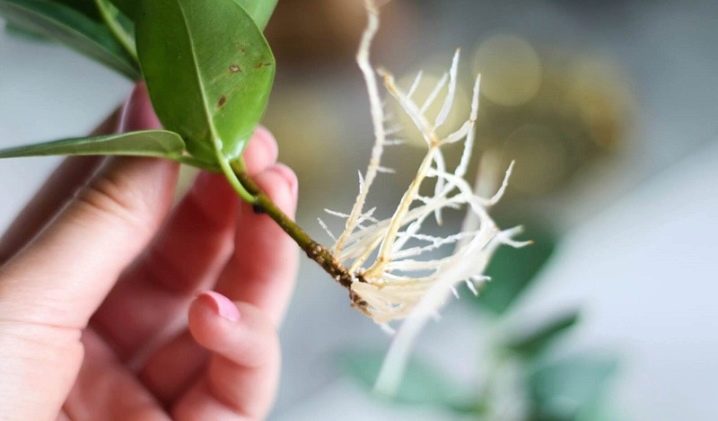
Diseases and pests
The described variety of ficus cannot be called a plant that is highly susceptible to disease. The leaves dry out and turn black if the Pumila White Sunny is dehydrated or exposed to too much sun. To get rid of the problem, submerge the pot in water until the oxygen bubbles stop coming out of the compost. As necessary, you need to water more often or remove the flower in the shade. Ideally, you should immediately choose a good place for the ficus, so that later it will not be rearranged.
If a mealy mite attacks, an insect that can most often be found even in room conditions, then treatment is required. The pot is transferred to the bathroom, first rinsed under the shower, then wiped with soapy water.
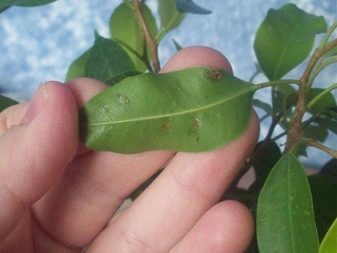
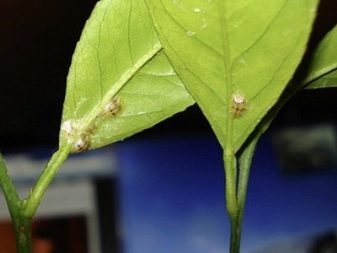
The leaves turn yellow, which means that the grower has another problem - waterlogging of the soil. All damaged shoots are removed, the soil is well dried and an irrigation schedule is established. When root rot and other fungal infections appear, fungicides should be used. With regard to bacterial contamination, today they cannot be treated, so all that remains is to throw out the ficus.
Many problems can be avoided at the purchase stage. It is best to purchase a flower from professional florists, garden centers or nurseries. VIt is worth choosing a plant that has many new shoots. Avoid any shrubs that look unhealthy, such as discolored and withered leaves, and bare stems.
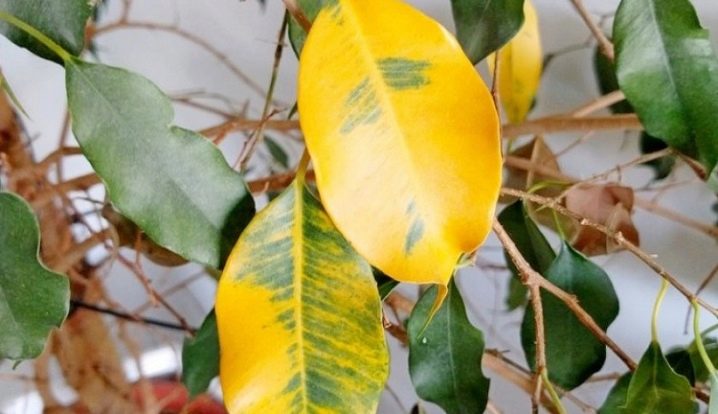
You can learn more about how to transplant the Pumila White Sunny ficus.































The comment was sent successfully.